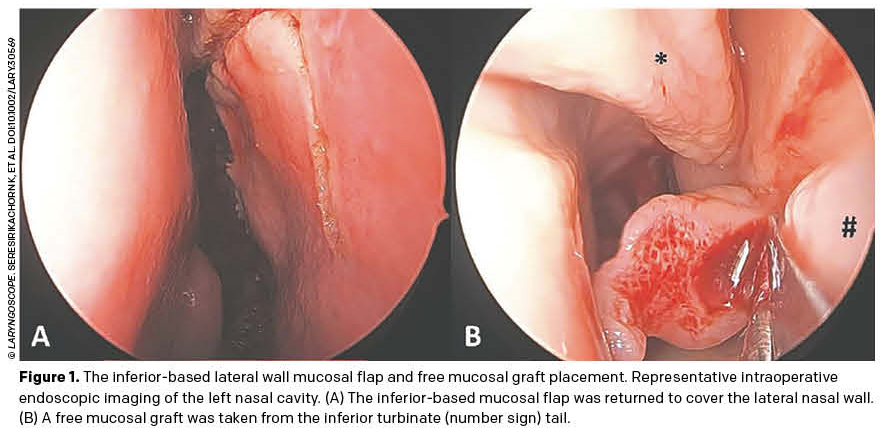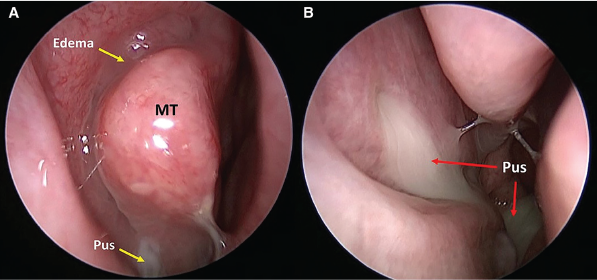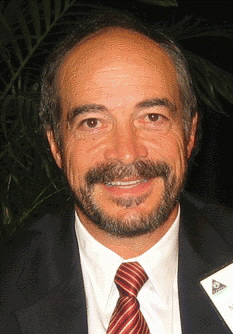The utilization of high-speed powered instruments makes this technique rapid and efficient, and it aids in rapid mucosal healing.


The utilization of high-speed powered instruments makes this technique rapid and efficient, and it aids in rapid mucosal healing.

Comparing the time to odontogenic sinusitis resolution after primary dental treatment versus endoscopic sinus surgery.
Tissue eosinophil aggregates appear to be the largest driving factor for increased prednisone requirements after sinus surgery to control mucosal disease than the mere presence of eosinophils.

Despite dips in the number performed, sinus surgery still plays an essential role in the treatment of invasive fungal rhinosinusitis.

Surgical intervention is indicated when patients have four to six episodes of acute sinusitis lasting four weeks or less each with asymptomatic periods in the interim.
How does implementation of an endoscopic sinus surgery (ESS) checklist affect safe surgical practices specific to ESS? Background: ESS is one of the most common surgical procedures performed by otolaryngologists. […]
Are anatomic variations of the middle turbinate (MT), such as concha bullosa and paradoxical MT, associated with nasal septal deviation or chronic rhinosinusitis (CRS)? Background: CRS has multiple underlying causes. Although […]

Part 2 of 2 articles
PHILADELPHIA-Surgeons are faced with many options for approaching diseases of the sinus; the right approach is not always clear-cut. Five experts reviewed several approaches at Rhinology World held here recently, with some favoring a more aggressive approach, some preferring to be less aggressive, and others highlighting new technology.